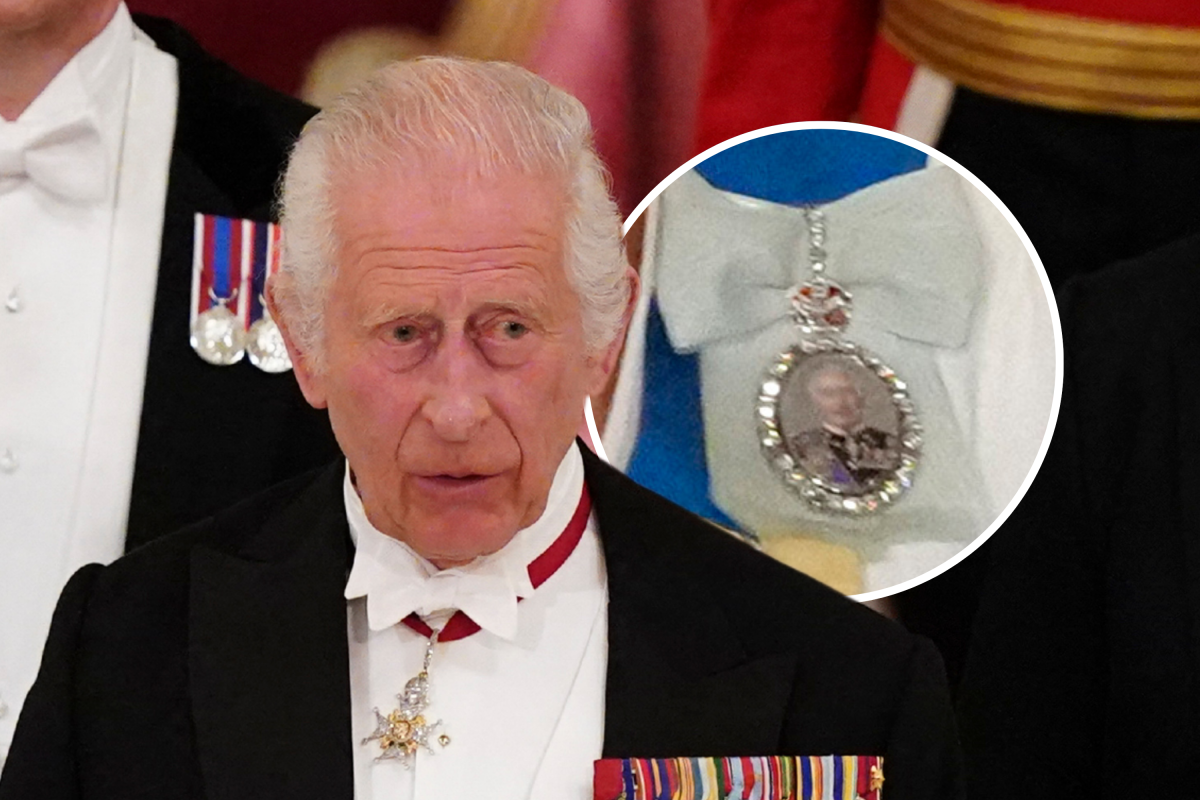King Charles III and Queen Camilla‘s relationship is a fascinating tapestry woven with threads of love, controversy, and relentless public scrutiny.
Their journey to the throne has been anything but conventional, marked by years of conflict and an ongoing quest for acceptance within society.
Long before Lady Diana Spencer entered the picture, Charles found solace in Camilla Shand, a woman who seemed to understand him in ways no one else could.
However, the royal family had reservations about Camilla.
Her lack of an aristocratic lineage and the rigid expectations surrounding purity for a princess made her an unsuitable choice in their eyes.
Faced with familial pressure, Charles married Diana, yet his deep connection with Camilla persisted despite the circumstances.
The turning point came in 1993 with the infamous Camillagate scandal, which revealed a private phone conversation between the two, thrusting their affair into the limelight.
Public sentiment was firmly on Diana’s side, leading many to vilify Camilla as the villain who shattered the fairy tale of the beloved princess.
This scandal tarnished Charles’s reputation, painting him as a man torn between his obligations and his desires.
Diana’s candid 1995 BBC interview, where she famously stated that “there were three of us in this marriage,” confirmed the suspicions swirling around their union.
The world mourned the heartbroken princess, while Camilla retreated from the public eye, facing a wave of animosity.
Following Diana’s tragic death in 1997, Charles faced the formidable challenge of mending both his and Camilla’s public images.
With carefully crafted public relations strategies, Camilla was gradually reintroduced to society, though the reception remained chilly.
A pivotal moment arrived in 2005 when Charles and Camilla tied the knot in a modest civil ceremony, signaling a new chapter in their lives.
Yet, the shadows of their past continued to loom large.
As Camilla began to embrace royal duties, she did so with a blend of grace and humor, transforming from “the other woman” into a trusted ally for Charles.
However, the arrival of Meghan Markle added new complications to the royal dynamic.
In their revealing Oprah interview, Meghan and Prince Harry hinted at underlying tensions within the family, suggesting that Camilla was among those at odds with Meghan.
Harry’s memoir, “Spare,” painted a less-than-flattering picture of Camilla, accusing her of media manipulation.
Despite the ongoing controversies, Camilla was named queen consort after the passing of Queen Elizabeth II in 2022.
Yet, her past continues to haunt her, making it challenging for many, particularly Diana’s devoted supporters, to accept her new title.
Current rifts within the royal family have emerged, particularly regarding Prince William‘s vision for a modern monarchy, which often clashes with Camilla’s aspirations for her role.
William, seen as a forward-thinking figure, seeks a more streamlined royal family, while Camilla feels her influence is being diminished by his initiatives.
The Balmoral Summit, a private meeting about the future of the monarchy, highlighted the growing divide between Charles, Camilla, and William.
During these discussions, William advocated for a more compact royal family, while Camilla pushed for a broader circle that included her own relatives.
The exchanges became heated, leaving Camilla feeling sidelined.
The historical context adds another layer to the friction between William and Camilla.
William, protective of his mother Diana’s legacy, harbors resentment towards Camilla due to her role in the breakdown of his parents’ marriage.
His decision to exclude Camilla’s relatives from the royal payroll is viewed by some as an assertion of control over an already complex family dynamic.
He prioritizes direct heirs to the throne, further limiting Camilla’s influence.
Princess Diana‘s enduring legacy looms large over the current royal landscape.
William’s desire to shape a future that honors his mother’s memory may drive him to distance himself from the painful past.
Meanwhile, Camilla finds herself increasingly marginalized, as her attempts to forge a positive public image seem thwarted by William’s actions.
Related Stories

